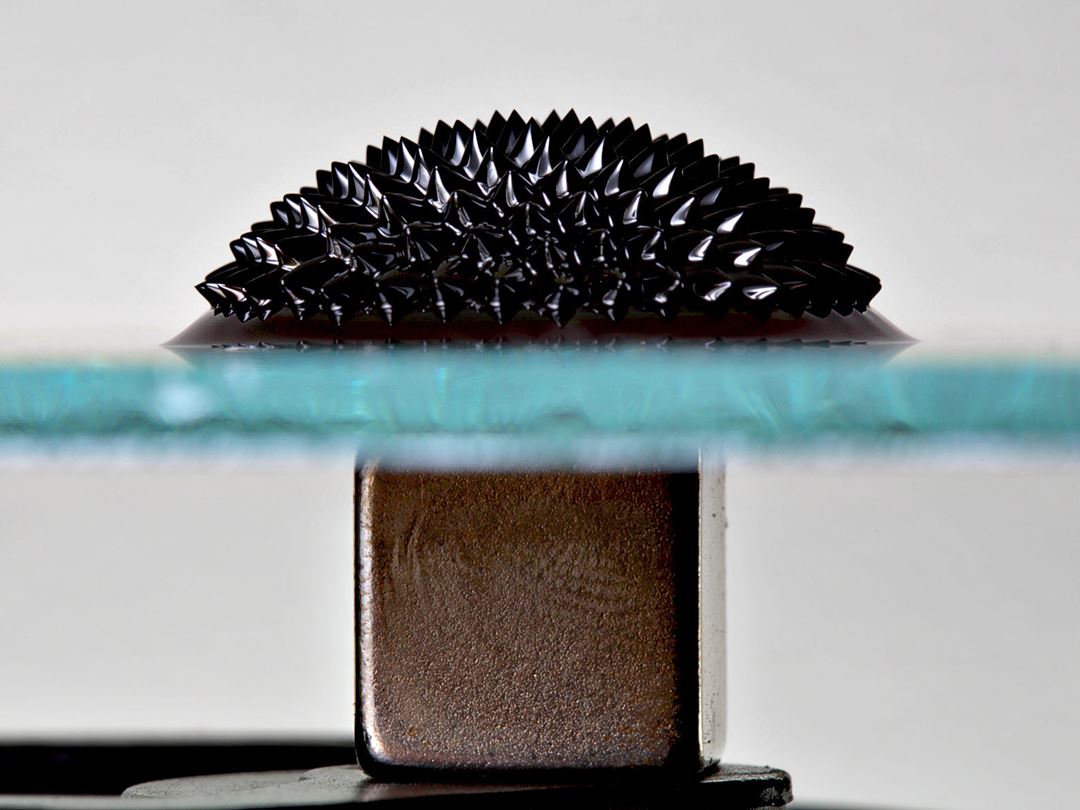Cooling is a crucial aspect of electronics design, all the way from high-power industrial applications to personal computers. Cooling means, simply put, to move heat from the hot device to the cooler environment. In high performance applications, this is often achieved by circulating a fluid between the device and the environment using a mechanical pump.
A nanofluid is a liquid which has been added a large amount of extremely small particles, called nanoparticles. Such fluids have been shown to have enhanced properties for heat transfer applications, such as an increased thermal conductivity. If the added particles are magnetic, we get a special kind of nanofluid called ferrofluid, which may be manipulated by magnetic fields. The ability of such fluids to be affected by magnetic fields depends on temperature, and this leads to the possibility of making something called thermomagnetic pumps. This pump can circulate the cooling fluid without any moving parts.
Generally we see application potential in cooling systems where reliability and size/weight-efficiency are important concerns, due to remote and hazardous localization. Examples include the cooling of high-power electronics in subsea installations and offshore wind turbines.
The main goals of the NanoHX project are:
- Investigate how to model thermomagnetically pumped cooling circulation with sufficient accuracy for the investigation of practical applications, while keeping the model simple and fast enough to make parameter studies feasible.
- Use the above model to investigate the achievable performance of such a concept in practical applications, and figure out how to optimize the concept for each case.
In order to reach these goals, we develop mathematical computer models, combining diverse fields such as electromagnetism, statistical mechanics, fluid mechanics, and thermodynamics.
The resulting model and simulation results have been published in two papers in a peer-reviewed journal. The results indicate a great potential for cooling in practical applications.
Relevant links:
Journal papers:
Web pages:
Blog post:
